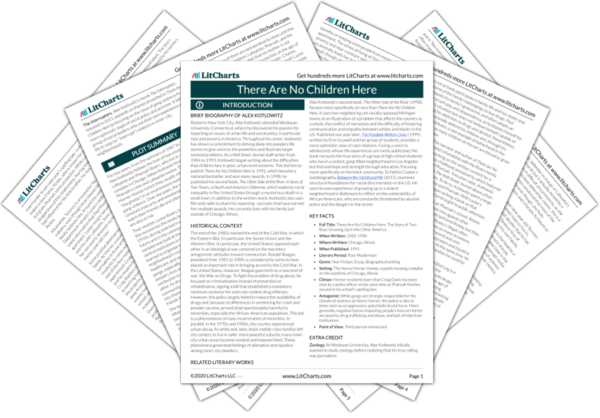Once again, even the police’s testimony shows that there is something wrong with the decision to incriminate the entire group, as the arrest of these boys seems to have happened as a result of mere contingency, simply because they were all physically near each other. Like so many other members of the legal staff, the judge is more interested in giving a reproving speech about a general phenomenon than he is in determining the participation of these five individuals.
